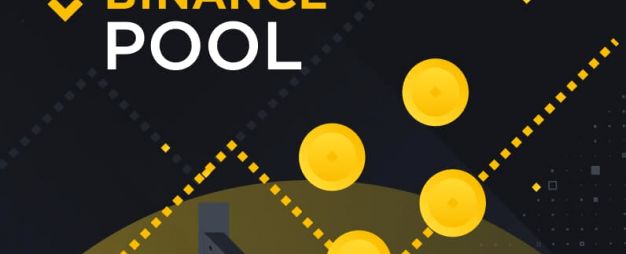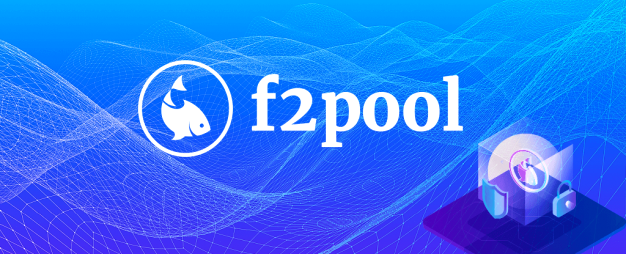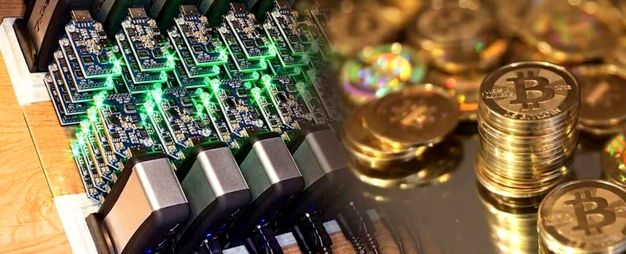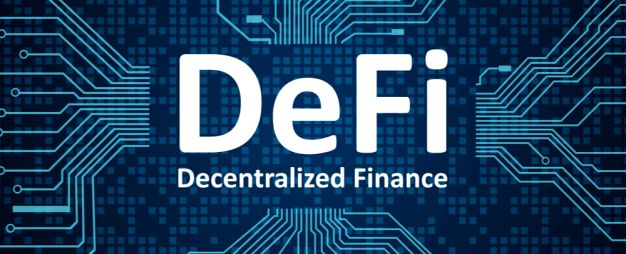What is DeFi stacking

Defi staking is the process of generating passive income in decentralized financial systems. The crypto holder in this case keeps the assets in specialized pools.
Despite the definition “Defi” (decentralized finances) having occurred not a long time, ago many experts predict that this direction will become the alternative to traditional financial and banking systems offering lots of people the possibility of accessing decentralized credits and investing platforms.
The specialty, in this case, is that the control belongs not to brokers but smart contracts. Today for decentralized systems users are offered not only the possibility of passive income but transactions with low fees. According to information from Defipulse, the cost of tokens in the system reached $56.39 billion (the share of ETH is 8.9 million).
Speaking about Defi staking means two types of passive income:
- Yield Farming. This means benefits that are given to a token’s holder (with floating or fixed rate) for lending it for temporary use to the other participants of the system. In the traditional system, the pool of liquidity is made by banks or pools. In the decentralized system, any member can do it. The rate is influenced by the quantity frozen by smart-contract funds. The more tokens you can give the lower the rate is.
- Earning on lending. Fast loans are provided on the Maker DAO and Compound platforms. Ethereum pledge serves as collateral. On the Compound can earn people who use the credit funds because during the process additional tokens are generated that can help to pay for services and stocks.
What is the difference between staking and Defi staking
Not all users can understand what is the difference between fixed staking and staking. The main difference is that Defi staking attracts other people and companies. They can take your assets at interest. Security is responsible for mistakes in the smart contract.
To speak about the fixed staking in this case there is no third side and the holder is given the benefit of keeping the assets in the wallet.
The main difference between Defi staking are:
- High profitability and low entry threshold. The interest in traditional staking as a rule is about 10% per year. Also, it is needed to pay side validators or start their node.
- The interest for Yield Farming is paid every day and the money becomes available for reinvestment immediately.
- Additional risks connected with smart-contract differ from traditional staking. The only danger is in losing the cost of a token or blockchain broken.
Defi is staking on the crypto stock
Defi staking helps users widen their abilities. For the crypto stock, it gives the possibility to offer more services and variants of income.
On the whole, attracting the third side and realizing the possibility of all additional risks encourages us to put all responsibility for inflation, consensus, and blockchain. The stock has some advantages in comparison to pools and wallets.
The positive moments are:
- Simplicity. Using the universal service allows not to open an on-chain wallet and makes all tasks easier.
- Large crypto stock follows all Defi-projects choosing the best variants online.
- The user can have maximum profit because there are no fees like in trading. As a result, the risk is the same but the income increases.
Thus, collaboration with crypto stock allows one to have more profit in the same conditions. In any case, it is very important to know all risks while the attraction of the third side can increase the influence.
Defi staking: advantages and disadvantages
Like any other activity, Defi staking has advantages and disadvantages. The positive sides are:
- The possibility to guarantee the profit in any case
- The income from Defi staking is passive because it doesn’t demand any efforts
- Despite the direction being new, there are many services that maintain it
- The activity doesn’t demand long education and deep theoretical knowledge: one can earn with the minimum level just choose the coin and crypto stock
- Minimum risk to lose assets because it is already in the wallet
- High level of clearness and transparency of all processes when you can calculate the profit
- The wide quantity of services and coins help user many variants to earn
The negative sides are:
- Technological mistakes in the smart contracts when increasing the number of users led to system bans and mistakes in the stablecoin rate. As a result – rising DAI by 10% and decreasing the liquidity level of Maker. The same happened to Sushiswap.
- Increasing the popularity of Defi projects led to pressure on the ETH platform. As a result, the fees for transactions rose from $3 to $14. It cuts the profitability when the investor works with small funds.
- Risks of the hacker attack. All crypto projects can be hacked and in Defi staking, it is about the user's wallet but not the whole platform. In any case, this risk can bring big losses.
- The high profitability of new protocols can be a scam trap. The launch is very easy and anyone can do it based on the finished decision and opened code.
- The volatility of cryptocurrency can lead to losing all assets. In this case, it is impossible to minimize risks because it is usual for all the market and there are no methods to find against it.
Thus Defi staking is one of the variants of getting passive income that doesn’t demand from the user-wide theoretical knowledge base. But it is very important to know all risks and to choose contragents to decrease the possibility of losses.







